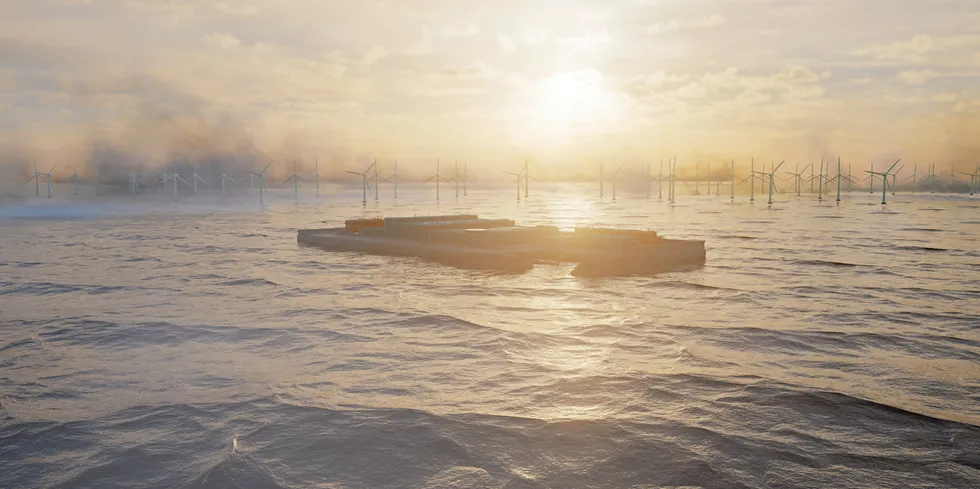Belgium plans 'world's first artificial energy island' linked to offshore wind by 2026
Country expects to subsidise 'Princess Elisabeth Island' with $100m and link it to 3.5GW of North Sea turbines and interconnectors with UK and Denmark

Country expects to subsidise 'Princess Elisabeth Island' with $100m and link it to 3.5GW of North Sea turbines and interconnectors with UK and Denmark
